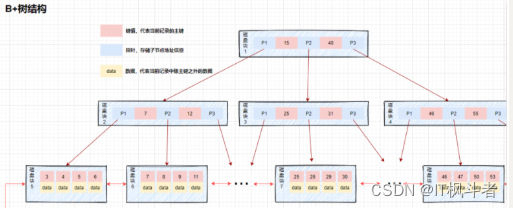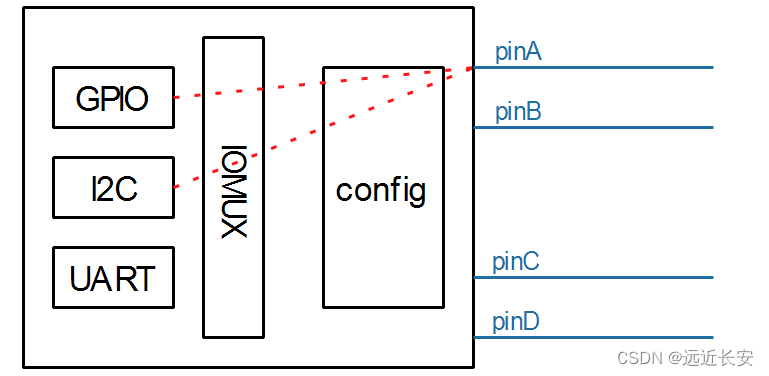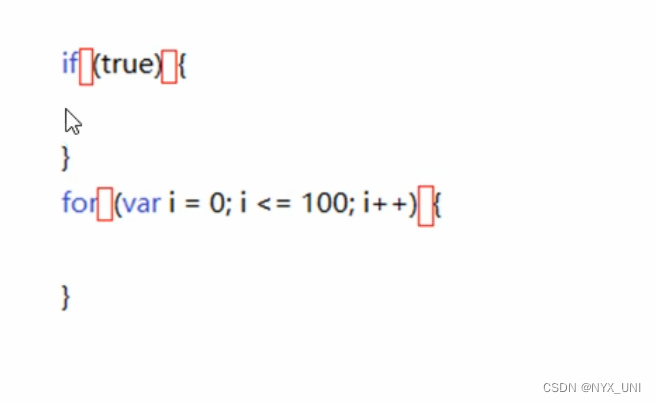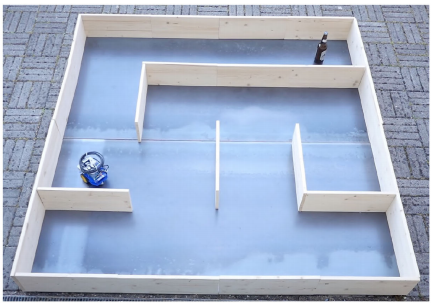1069 The Black Hole of Numbers
分数 20
作者 CHEN, Yue
单位 浙江大学
For any 4-digit integer except the ones with all the digits being the same, if we sort the digits in non-increasing order first, and then in non-decreasing order, a new number can be obtained by taking the second number from the first one. Repeat in this manner we will soon end up at the number 6174 -- the black hole of 4-digit numbers. This number is named Kaprekar Constant.
For example, start from 6767, we'll get:
7766 - 6677 = 1089
9810 - 0189 = 9621
9621 - 1269 = 8352
8532 - 2358 = 6174
7641 - 1467 = 6174
... ...
Given any 4-digit number, you are supposed to illustrate the way it gets into the black hole.
Input Specification:
Each input file contains one test case which gives a positive integer N in the range (0,104).
Output Specification:
If all the 4 digits of N are the same, print in one line the equation N - N = 0000. Else print each step of calculation in a line until 6174 comes out as the difference. All the numbers must be printed as 4-digit numbers.
Sample Input 1:
6767
Sample Output 1:
7766 - 6677 = 1089
9810 - 0189 = 9621
9621 - 1269 = 8352
8532 - 2358 = 6174
Sample Input 2:
2222
Sample Output 2:
2222 - 2222 = 0000
#include <iostream>
#include <algorithm>
#include <string>using namespace std;int Stoi(string s)
{s = s + "000"; //防止s不足四位s = s.substr(0, 4);sort(s.begin(), s.end()); string a = s;reverse(a.begin(), a.end()); //a递减排序string b = s; //b、递增排序int n = stoi(a), m = stoi(b);printf("%04d - %04d = %04d\n", n, m, n-m);return n - m; //返回 n-m
}int main()
{string s;cin >> s;bool same = true;if(s.size() < 4) same = false;for(int i=1; i<s.size(); ++i)if(s[i] != s[0])same = false;if(same) printf("%s - %s = %04d\n", s.c_str(), s.c_str(), 0);else{while(1){int n = Stoi(s);s = to_string(n);if(n == 6174)break;}}
}



![[快速入门前端17] CSS 选择器(6) 选择器总结](https://img-blog.csdnimg.cn/854f0ddf406b4889a8cf6f1f27727167.png)

